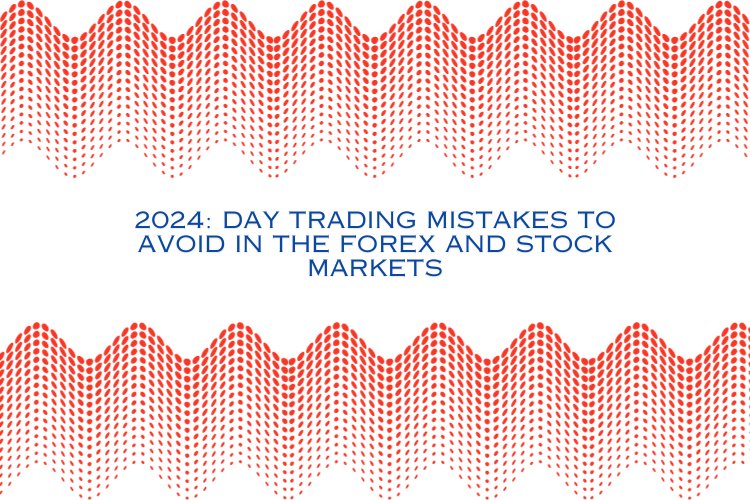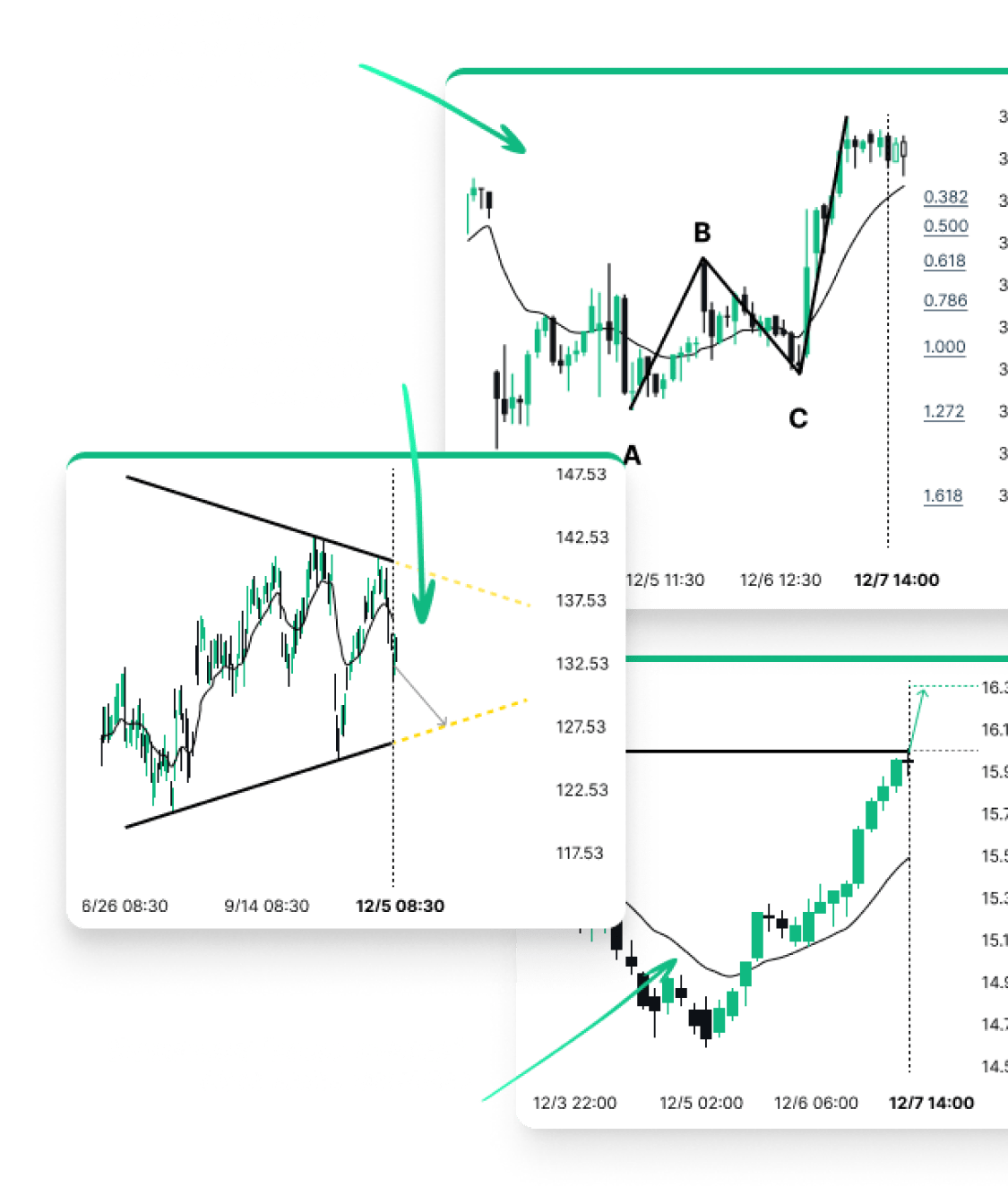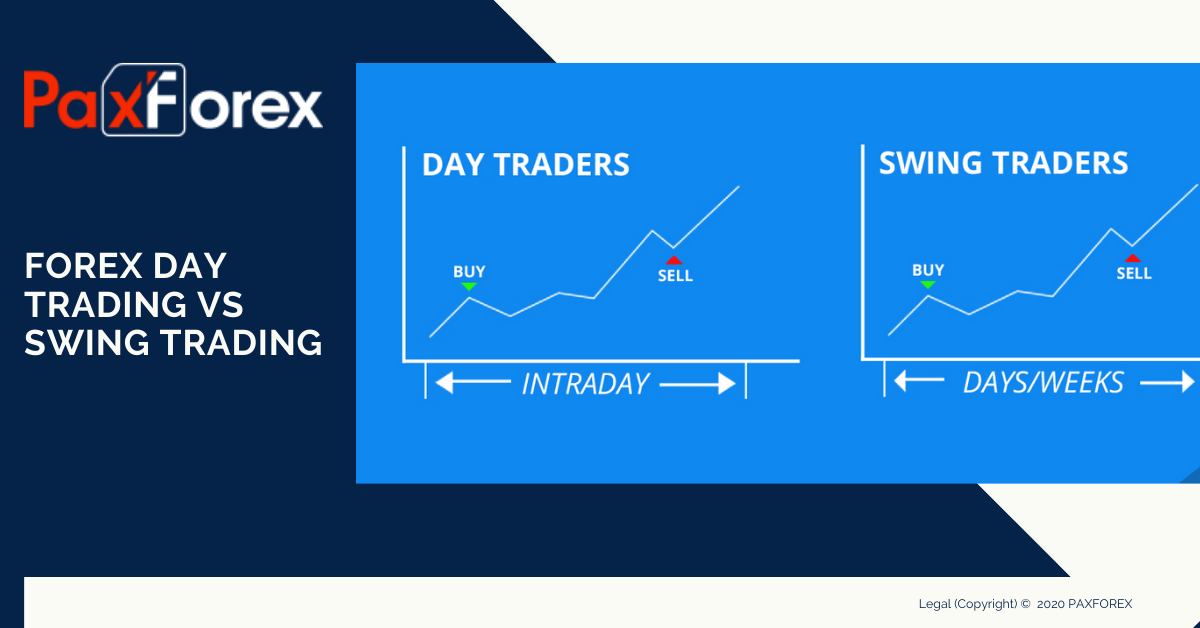Did you know that 90% of day traders end up losing money, making it the ultimate high-stakes game? In this article, we dive into essential day trading strategies tailored for the Forex markets. We’ll explore the best strategies to maximize your success, how to develop a robust Forex day trading plan, and the key indicators that can enhance your trading decisions. Additionally, we’ll cover risk management techniques, common pitfalls to avoid, and the intricacies of leverage. Discover the ideal timeframes, the importance of technical analysis, and how market news can influence your trades. Learn how to select the right currency pairs, utilize effective tools and platforms, and understand the psychological factors that can impact your trading success. By the end, you’ll be equipped with the knowledge to navigate the Forex landscape confidently, all thanks to insights from DayTradingBusiness.
What are the best day trading strategies for Forex markets?
The best day trading strategies for Forex markets include:
1. Scalping: Focus on small price changes, executing many trades throughout the day to accumulate profit.
2. Range Trading: Identify support and resistance levels, buying at support and selling at resistance when the market moves sideways.
3. Breakout Trading: Look for price breakouts from established levels of support or resistance, entering trades when the price exceeds these levels.
4. Trend Following: Trade in the direction of the prevailing trend by using indicators like moving averages to confirm entry and exit points.
5. News Trading: Monitor economic news releases and trade based on expected market reactions, leveraging volatility around these events.
6. Using Technical Indicators: Employ indicators like RSI, MACD, and Bollinger Bands to identify potential entry and exit signals.
Choose a strategy that fits your trading style and risk tolerance.
How can I develop a winning Forex day trading plan?
To develop a winning Forex day trading plan, start by defining your trading goals and risk tolerance. Choose a reliable trading strategy, such as scalping, momentum trading, or range trading. Set clear entry and exit points based on technical analysis and market indicators.
Establish strict risk management rules, including position sizing and stop-loss levels. Keep a trading journal to track your trades, analyze performance, and learn from mistakes. Stay informed about economic news and events that can impact currency prices. Finally, stick to your plan and avoid emotional trading. Regularly review and adjust your plan based on your results.
What indicators should I use for Forex day trading?
For Forex day trading, use these key indicators:
1. Moving Averages: Simple (SMA) and Exponential (EMA) help identify trends.
2. Relative Strength Index (RSI): Indicates overbought or oversold conditions.
3. Bollinger Bands: Shows volatility and price levels.
4. MACD (Moving Average Convergence Divergence): Signals potential trend reversals.
5. Stochastic Oscillator: Compares closing prices to price range over time for momentum.
Combine these indicators for a robust trading strategy.
How do I manage risk in Forex day trading?
To manage risk in Forex day trading, set a maximum loss limit for each trade, typically 1-2% of your trading capital. Use stop-loss orders to automatically exit losing trades. Diversify your trades to avoid overexposure to a single currency pair. Regularly assess your leverage; using lower leverage reduces risk. Monitor economic news that could impact currency volatility. Keep a trading journal to analyze past trades and refine your strategy. Lastly, stay disciplined and avoid emotional decision-making.
What are common mistakes to avoid in Forex day trading?

1. Lack of a Trading Plan: Not having a clear strategy can lead to impulsive decisions.
2. Overleveraging: Using excessive leverage increases risk and can wipe out your account quickly.
3. Ignoring Risk Management: Failing to set stop-loss orders can result in significant losses.
4. Emotional Trading: Letting fear or greed dictate decisions often leads to poor outcomes.
5. Neglecting Market Analysis: Ignoring technical and fundamental analysis can result in missed opportunities.
6. Trading Too Frequently: Overtrading can increase costs and reduce overall profitability.
7. Not Keeping a Trading Journal: Failing to document trades prevents learning from mistakes.
8. Chasing Losses: Trying to recover losses quickly often leads to larger losses.
9. Relying on Tips or News: Making decisions based solely on rumors or news can be risky.
10. Disregarding Market Conditions: Not adapting to changing market conditions can lead to bad trades.
How does leverage work in Forex day trading?
Leverage in Forex day trading allows you to control a larger position with a smaller amount of capital. For example, if you use 100:1 leverage, you can trade $10,000 in currency with just $100 in your account. This amplifies both potential profits and potential losses.
When you open a position, you're essentially borrowing funds from your broker to increase your trading power. It’s crucial to manage risk carefully, as high leverage can lead to significant losses if the market moves against you. Always use stop-loss orders to protect your capital.
What timeframes are ideal for Forex day trading?
The ideal timeframes for Forex day trading are typically 1-minute, 5-minute, and 15-minute charts. These timeframes provide enough detail for quick trades while allowing you to capture intraday price movements. Many traders also use 30-minute and hourly charts for additional context and trend analysis. Focus on high-volatility periods, such as the overlap of major market sessions (London and New York), to maximize trading opportunities.
How can I use technical analysis for Forex day trading?
To use technical analysis for Forex day trading, follow these steps:
1. Choose the Right Tools: Use charting software with indicators like Moving Averages, RSI, and MACD to analyze price movements.
2. Identify Trends: Look for trends on different time frames. Day trading typically focuses on 5-minute, 15-minute, or hourly charts.
3. Support and Resistance Levels: Determine key support and resistance levels to identify potential entry and exit points.
4. Candlestick Patterns: Learn common candlestick patterns to anticipate market reversals or continuations.
5. Set Entry and Exit Points: Use technical signals to decide when to enter trades and set stop-loss orders to manage risk.
6. Volume Analysis: Analyze trading volume to confirm trends; higher volume often signals stronger price movements.
7. Backtest Your Strategy: Test your technical analysis approach on historical data to evaluate its effectiveness before trading live.
By applying these technical analysis techniques, you can enhance your Forex day trading strategy.
What role does market news play in Forex day trading?
Market news is crucial in Forex day trading as it influences currency values and trader psychology. Economic reports, geopolitical events, and central bank announcements can create volatility, providing opportunities for profit. Traders often react to news releases by adjusting their positions based on anticipated market movements. Staying updated on relevant news helps in making informed decisions and timing trades effectively.
How can I choose the right currency pairs for day trading?
Choose currency pairs based on volatility, liquidity, and spreads. Focus on major pairs like EUR/USD or GBP/USD for tight spreads and high volume. Look for pairs that respond to economic news for trading opportunities. Analyze historical price movements to identify trends. Use technical indicators to pinpoint entry and exit points. Always consider your risk tolerance and trading strategy before making a decision.
Learn about How to Choose the Right Day Trading Strategy
What tools and platforms are best for Forex day trading?

The best tools and platforms for Forex day trading include:
1. MetaTrader 4/5 – Offers advanced charting, automated trading options, and a user-friendly interface.
2. TradingView – Excellent for technical analysis with customizable charts and social trading features.
3. NinjaTrader – Provides advanced trading strategies, backtesting, and market analytics.
4. cTrader – Known for its intuitive interface and robust trading tools.
5. Thinkorswim – Great for comprehensive market analysis, with a wide range of indicators and educational resources.
Choose based on your trading style, ease of use, and specific features that enhance your Forex day trading strategies.
## What are the best day trading strategies for success in Forex markets?
To succeed in Forex day trading, consider these strategies:
1. **Scalping**: Make quick trades to capture small price movements.
2. **Trend Following**: Trade in the direction of the market trend.
3. **Range Trading**: Identify support and resistance levels to capitalize on price fluctuations.
4. **Breakout Trading**: Enter trades when the price breaks through established support or resistance.
5. **News Trading**: Trade based on economic news releases that impact currency prices.
Implementing these day trading strategies for Forex markets can enhance your potential for profit.
Learn more about: Understanding Forex Day Trading Markets
Learn about Best Day Trading Strategies for Volatile Markets
How do I interpret Forex charts for day trading?
To interpret Forex charts for day trading, start by focusing on candlestick patterns. Look for formations like doji, engulfing, or hammer, which indicate potential reversals or continuations. Use trend lines to identify support and resistance levels, as these are crucial for entry and exit points.
Incorporate indicators like Moving Averages to determine the trend direction and Relative Strength Index (RSI) to gauge overbought or oversold conditions. Pay attention to volume to confirm price movements; higher volume often validates a trend. Finally, practice using different time frames to get a clearer picture of market behavior and refine your trading strategy.
Learn about How to Use Charts for Forex Day Trading
What psychological factors affect Forex day trading success?
Emotional control is crucial; fear and greed can lead to impulsive decisions. Discipline helps maintain a consistent trading strategy, while patience prevents overtrading. Confidence influences decision-making; too much can lead to risky trades, while too little can cause missed opportunities. Additionally, having a clear mindset and setting realistic goals can enhance focus and improve overall performance in Forex day trading.
How can I backtest my Forex day trading strategies?
To backtest your Forex day trading strategies, follow these steps:
1. Select a Trading Platform: Use software like MetaTrader, TradingView, or specialized backtesting tools that support Forex data.
2. Gather Historical Data: Obtain accurate historical price data for the currency pairs you trade. Look for data that includes minute or hourly intervals for day trading.
3. Define Your Strategy: Clearly your trading rules, including entry and exit points, risk management, and indicators used.
4. Implement Your Strategy: Input your strategy into the backtesting software. This may involve coding in MQL4/MQL5 for MetaTrader or using built-in strategy testers.
5. Run the Backtest: Execute the backtest over a significant historical period to assess performance. Check metrics like win rate, drawdown, and overall profitability.
6. Analyze Results: Review the outcomes, identifying strengths and weaknesses. Look for patterns or areas needing adjustment.
7. Refine Your Strategy: Based on your analysis, tweak your strategy to improve performance. Consider retesting after making changes.
8. Forward Test: Once confident, test the strategy in a demo account before live trading.
This process helps validate your Forex day trading strategies effectively.
Learn about How to Backtest Futures Day Trading Strategies
What is the difference between day trading and swing trading in Forex?

Day trading in Forex involves buying and selling currency pairs within the same trading day, aiming to capitalize on short-term price movements. Traders close all positions before the market closes to avoid overnight risk. Swing trading, on the other hand, holds positions for several days to capture medium-term trends, allowing traders to benefit from price swings over a longer period. In essence, day trading focuses on quick trades and immediate profits, while swing trading targets broader market movements over days or weeks.
Learn about Differences Between Forex and Other Day Trading Markets
How important is discipline in Forex day trading?
Discipline is crucial in Forex day trading. It helps traders stick to their strategies, manage emotions, and adhere to risk management rules. Without discipline, impulsive decisions can lead to significant losses. A disciplined approach ensures consistent execution of trades and helps maintain focus on long-term goals, making it a key factor for success in the Forex market.
Conclusion about Day Trading Strategies for Forex Markets
In conclusion, successful Forex day trading requires a well-defined strategy, effective risk management, and the right tools. By understanding the intricacies of technical analysis, market news, and psychological factors, traders can enhance their decision-making processes. Avoiding common mistakes and maintaining discipline are essential for long-term profitability. For comprehensive insights and support in developing your Forex trading approach, consider the expertise offered by DayTradingBusiness.
Learn about Best Day Trading Strategies for Volatile Markets
Sources:
- Utilizing artificial neural networks and genetic algorithms to build an ...
- Intraday technical trading in the foreign exchange market ...
- Lessons from the evolution of foreign exchange trading strategies ...
- Trading the foreign exchange market with technical analysis and ...
- A Profitable Day Trading Strategy For The U.S. Equity Market by ...
- Intraday effects of the currency market - ScienceDirect